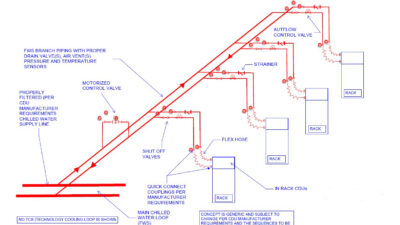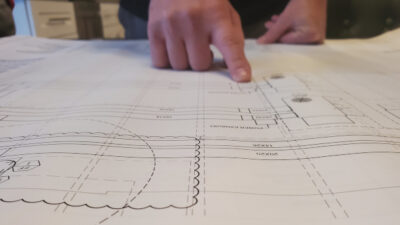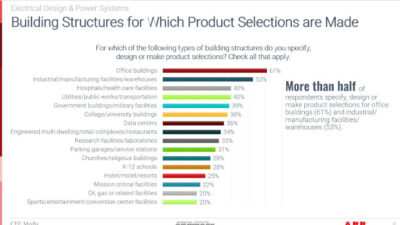In a three-year global effort to beat federal regulatory due date of Jan. 1, 2010, Trane reengineered products and production plants to phase out R-22 from all unitary products and some chillers. Along the way, Trane introduced 17 new products over 18 months leading up to the completion of the refrigerant conversion project.
On Oct. 14, 2009, Trane, a business of Ingersoll Rand, completed a global conversion effort from HCFC R-22 to the non-ozone-depleting HFC refrigerant, R-410A, for its entire unitary product line in the Americas to ensure full compliance with federal U.S. Clean Air Act provisions implementing the Montreal Protocol’s phase out of HCFCs. Unitary products are packaged products that are designed, built, and tested in manufacturing facilities, then delivered to the customer for quick installation and operation. The Clean Air Act has mandated that no new R-22 products can be shipped after Dec. 31, 2009.
Trane made the announcement at a celebration and Town Hall meeting at the company’s plant in Clarkesville, Tenn. ( Click here for videos created by Trane from the event ). At a press briefing held before the Town Hall meeting, Jeff Moe, Director-Global Regulatory Planning & Conformance, Ingersoll Rand, said that Trane was faced with "the most significant regulatory impact the HVAC industry has faced. In the U.S., total conversion away from R-22 use in new equipment must occur by Jan. 1, 2010. At the same time, [mandatory] increased minimum efficiency requirements for commercial unitary are driving additional product change."
Rather than work on the converging refrigerant and efficiency requirements in series, Trane addressed both of them in parallel by redesigning and reengineering all commercial unitary products and some chiller products over a three year period. In the end, marked by the celebration and press event at the Clarkesville plant, not only are these products using non-ozone-depleting refrigerants, they are said to have improved efficiency, reliability, serviceability, manufacturability and safety.
During a tour of the Clarksville manufacturing plant, Larry Griffith, Trane Manufacturing Engineering Leader said, "U.S. commercial factories are no longer taking orders to produce R-22 equipment. Last U.S. production of commercial R-22 units will occur in December." For a video of the Clarksville plant tour, click here .
The following statistics underscore the size and significance of Trane’s achievement:
• $100 million invested in new manufacturing systems and equipment in our facilities to manufacture these new products in the Americas.
• More than $11 million in research, testing and development costs.
• More than 500 employees from the U.S., China, and France worked more than 3 million man-hours on the design and engineering side alone.
• Project completed on time.
As part of this reengineering and redesign effort, Commercial Systems launched 17 new products over the past 18 months. According to Trane, this is more new products in a year and a half than all of the new products that the company has introduced over the past 20 years. The new products were the result of direct customer feedback requesting more comfort-system options to navigate the current economic environment as well as Read about the key product highlights from the recently revealed products at the following links:
Model CGAM air-cooled scroll chiller :



